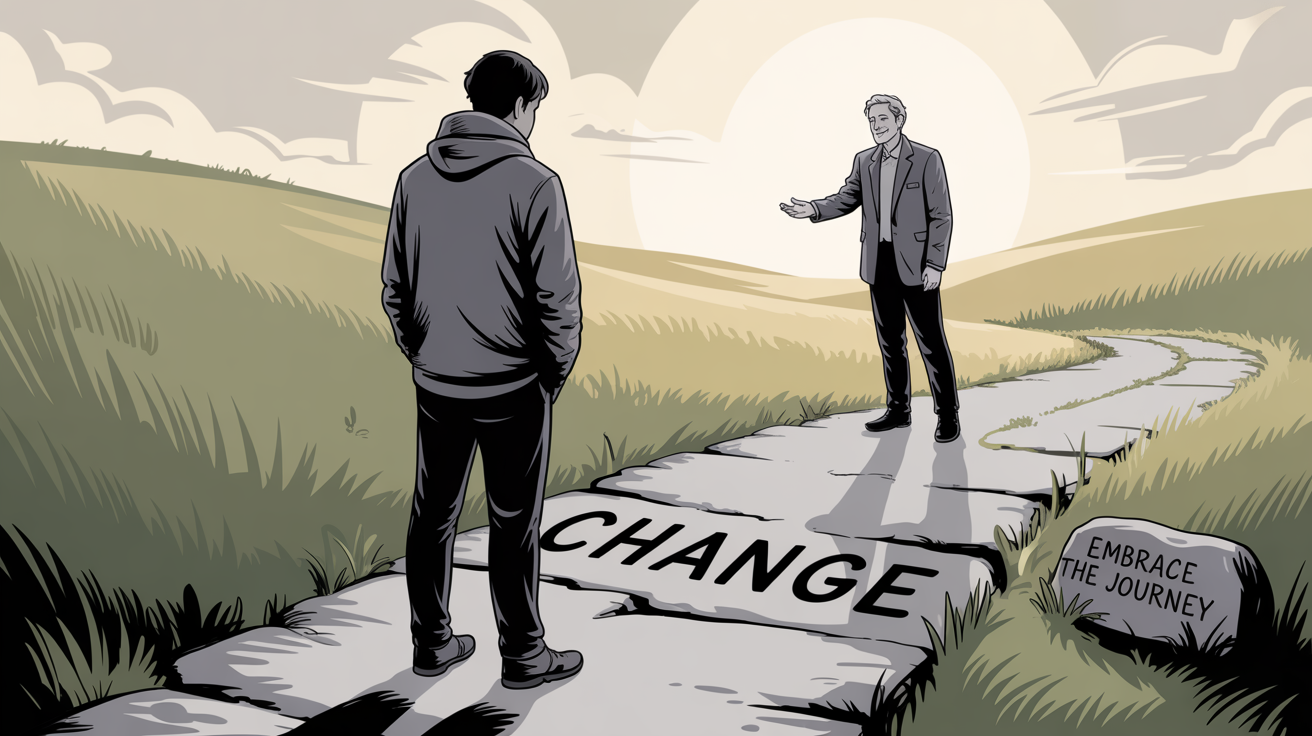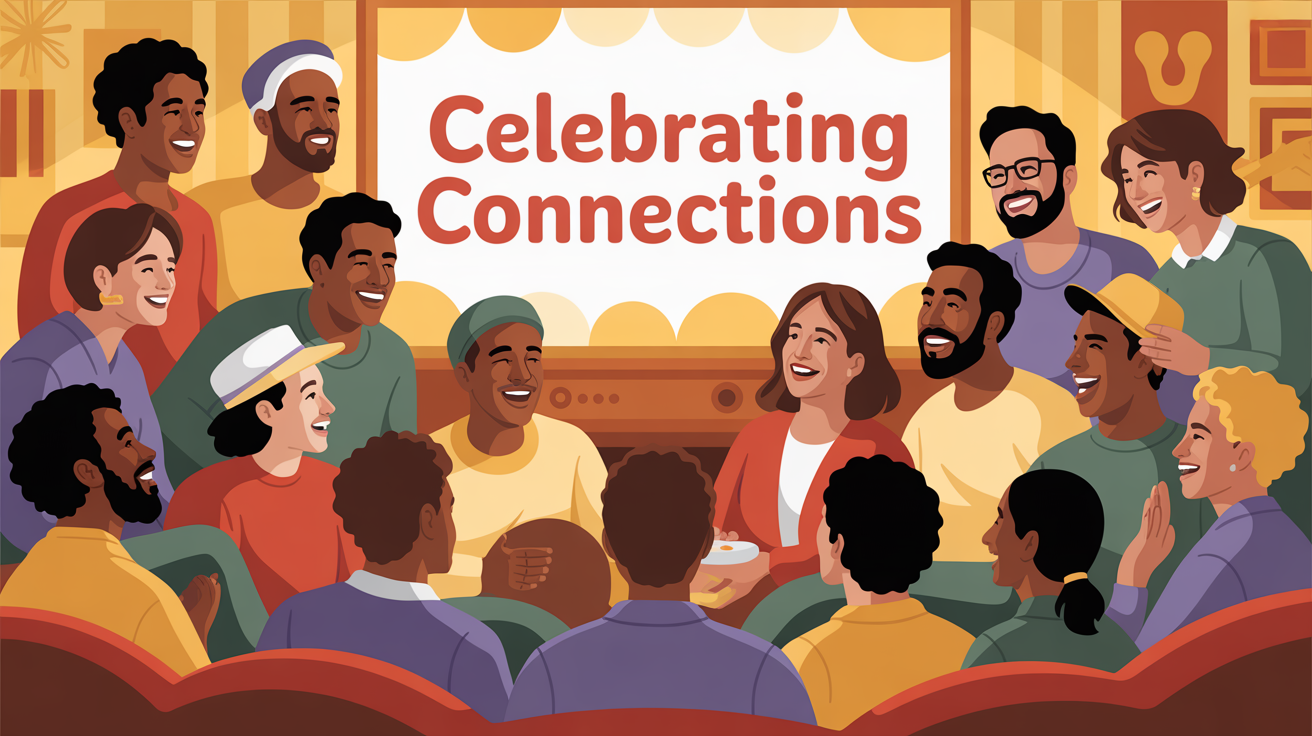Change may be inevitable but accepting it isn’t always easy. One of the most common and deep-rooted psychological barriers to communication is resistance to change. Whether it’s a new idea, a shift in values, or a proposed innovation, individuals often push back, not because they’re stubborn, but because change threatens something personal: their comfort zone, habits, or self-image.
Let’s explore how resistance to change operates, how it interacts with self-image, and how it affects communication in real-world settings.
Contents
Why Do People Resist Change?
At its core, resistance to change stems from:
- Fear of the Unknown
- Comfort with Familiar Routines
- Threat to Self-Image or Competence
- Loss of Control or Authority
- Emotional Insecurity and Habitual Thinking
When communication challenges a person’s current way of thinking, they may unconsciously:
- Ignore the message
- Reject the information
- Rationalize their current beliefs
- Misinterpret or distort communication
Real-Life Examples of Resistance to Change in Communication
1. Workplace Technology Upgrades
When a company introduces a new software system, employees who see themselves as “traditionalists” may resist training. They might delay engagement or ignore instructions, causing communication gaps and operational delays.
2. Education Reform
Students who excel through rote learning may push back against open-ended discussions or critical thinking tasks, perceiving them as distractions. Their resistance blocks meaningful participation in classroom communication.
3. Personal and Family Dynamics
Elderly family members might ignore suggestions from younger ones, especially when advice conflicts with their self-image as experienced and wise. Even well-meant communication can be misinterpreted or shut down.
How Resistance to Change and Self-Image Are Connected
Resistance to change is not just about comfort—it’s also about identity. People naturally try to protect their self-image. When communication proposes change that:
- Contradicts a person’s self-perception, or
- Makes them feel less competent,
they may block it emotionally, even without realizing it.
This is why:
- Feedback feels like criticism
- Innovation feels like a threat
- New ideas feel like personal attacks
💡 Strategies to Overcome Resistance in Communication
If you’re trying to communicate change—especially in a leadership, education, counseling, or public communication role—you need more than just facts.
Here’s how you can minimize resistance and maximize impact:
✅ Respect Their Self-Image
Frame messages in ways that affirm rather than threaten the audience’s identity or role. For example, instead of “You need to learn this new tool,” say, “This tool builds on your existing strengths.”
✅ Involve People in the Process
People support what they help create. Involving stakeholders in the decision-making or change process reduces fear and builds trust.
✅ Show Empathy and Listen
Acknowledge concerns. Give space for questions. When people feel heard, they become more open to new ideas.
✅ Communicate Benefits Clearly
Explain why the change matters—and how it benefits them, not just the organization or system.
Summary
Resistance to change, like self-image, filters communication through emotional and psychological lenses. People tend to accept only messages that confirm their current identity and resist those that challenge their beliefs or behaviors.
But here’s the key: with empathy, clarity, and participation, communicators can turn resistance into reflection and even into action.
Suggested read,
For more such insights, explore: https://www.viralandbeyondacademy.com/category/communication-and-media-studies/



